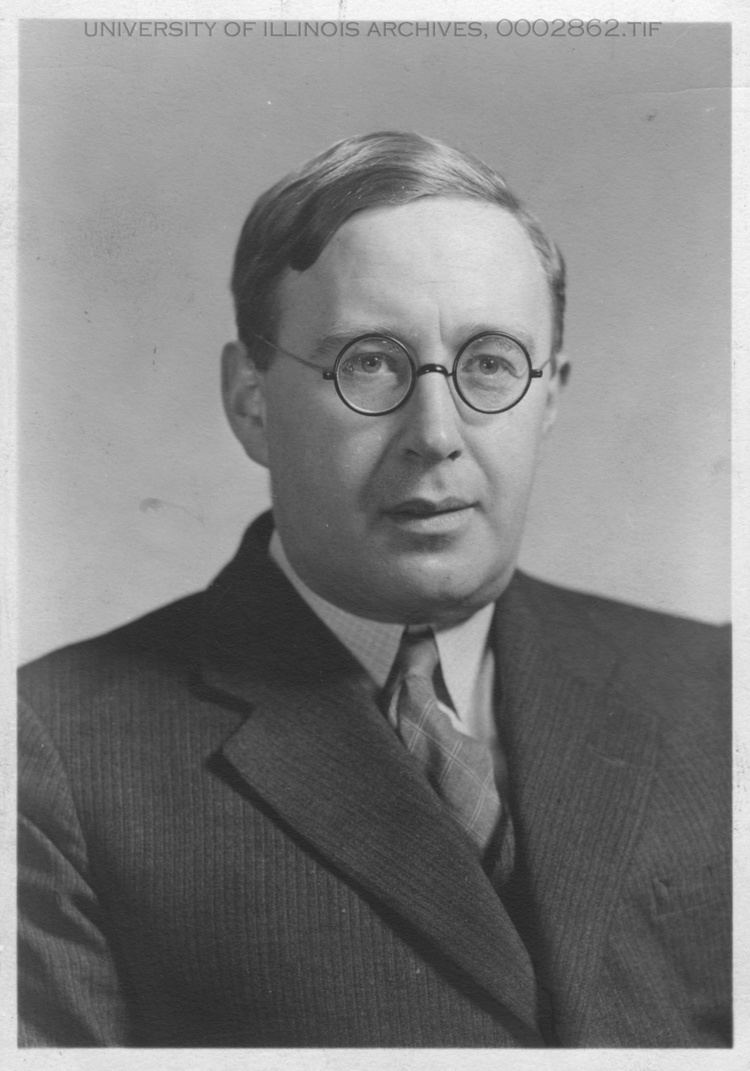Name Eugene Rabinowitch | Role Author | |
 | ||
Died May 15, 1973, Washington, D.C., United States Education Humboldt University of Berlin (1926) Books Spectroscopy and Photochemistry of Uranyl Compounds Awards Guggenheim Fellowship for Natural Sciences, US & Canada People also search for Joseph J. Katz, Richard S. Lewis, Igor Vishnevetsky, Morton Grodzins, A. A. Zvorykin | ||
Eugene Rabinowitch (1901–1973) was a Russian-born American biophysicist who is best known for his work in relation to nuclear weapons, especially as a co-author of the Franck Report and a co-founder in 1945 of the Bulletin of the Atomic Scientists, a global security and public policy magazine, which he edited until his death.
When Rabinowitch arrived in New York City, he was assisted by Selig Hecht,
a man whose spontaneous sympathy, friendship and assistance were so generously given to me when I first came to America and felt lost in the human sea of New York.During World War II, Rabinowitch worked in the Metallurgical Laboratory (or "Met Lab"), the Manhattan Project's division at the University of Chicago. At that time he was a member of the Committee on Political and Social Problems, chaired by James Franck. Rabinowitch wrote (with help from Leó Szilárd) what became known as the Franck Report. The report recommended that nuclear energy be brought under civilian rather than military control and argued that the United States should demonstrate the atomic bomb to world leaders in an uninhabited desert or barren island before using it in combat.
The social and ethical concerns expressed in the Franck Report translated into the guiding principles of the Bulletin of the Atomic Scientists, founded by Rabinowitch and fellow physicist Hyman Goldsmith. In the twenty-fifth anniversary issue of the Bulletin, Rabinowitch wrote that the magazine's purpose "was to awaken the public to full understanding of the horrendous reality of nuclear weapons and of their far-reaching implications for the future of mankind; to warn of the inevitability of other nations acquiring nuclear weapons within a few years, and of the futility of relying on America's possession of the 'secret' of the bomb." Over the years, Rabinowitch wrote more than 100 articles for the magazine, most of them editorials.
Before the war, Rabinowitch passionately pursued research in photosynthesis, a field in which he was to become a leader. After World War II, Rabinowitch taught and researched botany as a professor at the University of Illinois at Urbana-Champaign, continuing his photosynthesis work and publishing the three-volume Photosynthesis and Related Processes, as well as many other books.
A bibliography of Rabinowitch's publications was compiled by Govindjee at the Department of Botany, University of Illinois. The papers of Rabinowitch are held in the Special Collections at the University of Chicago Library.
